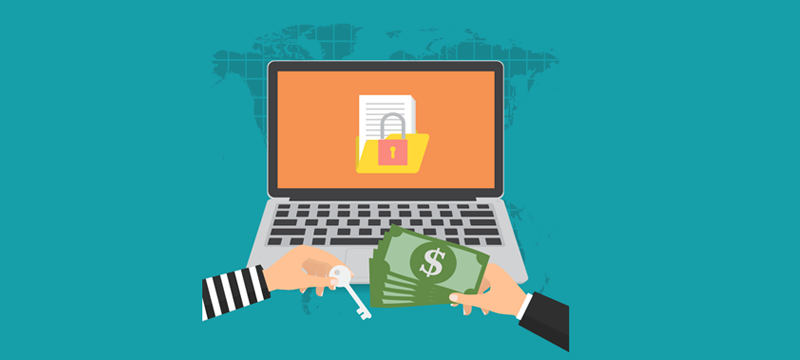What is a Ransomware Attack?
Ransom malware or ransomware depicts a type of malware that obstructs users from accessing their systems or at times personal files. Such malware attacks demand a ransom payment for regaining access. Ransomware can spread by means of malicious email attachments, software applications or even using an external storage device. The base for these attacks has always been a remote desktop protocol along with other approaches that aren’t reliant on any kind of user interaction.
Types of Ransomware Attacks
- Scareware As its name suggests, Scareware is not that much scary. It is inclusive of rogue security software along with tech support scams. You may be notified by a pop-up message regarding the discovery of malware and the sole option to get rid of this by paying the demanded ransom. In case you don’t take any due action on time, then these pop-ups will keep on flashing, though your files are safe.
- Screen Lockers When there is a lock-screen ransomware attack on your computer, then you get completely frozen out of your systems. When you switch on your system, a full-sized window appears accompanied by the seal of a US Agency stating that illegal activity was detected on your system and you need to pay the due fine. Though the security agency would not be freezing you out of your systems or demand payment regarding illegal activity.
- Encrypting Ransomware In encrypting ransomware, the guys pull up your files and start encrypting them. They even demand payment for decrypting and redelivering it. The core reason why this ransomware could be dangerous is as the cybercriminals get a command of your files, there are no security software or systems for restoring them back to you. Until and unless you don’t pay the demanded ransom, the files are lost forever. There is no guarantee that you’ll be getting your estranged files back from the cyber criminals.
Avoiding Ransomware Baits
A number of domain experts mutually agree that the best way to get protected from a ransomware attack is to just prevent it before it strikes. There are a number of methods that exist for preventing ransomware attacks and the infected user needs to have a higher degree of technical skills as compared to an average computer user.
So, here are some recommendations so that you don’t fall into any kind of ransomware baits and remain secure.
This is the very first step in preventing a ransomware attack. All you need to do is subscribe to a cybersecurity plan, which is usually a real-time projection that is designed for preventing any form of advanced malware attack like ransomware. You should select those features that are going to shield the vulnerable programs from any threats as well as block out ransomware that may hold your files, hostage.
The next step includes creating secure backups of your data from time to time. Industry experts recommend that you can use Cloud storage which is inclusive of higher levels of encryption along with multi-factor authentication. You can even purchase external storage devices for saving new and updated files. You need to assure that you’ve disconnected your devices from the computer after performing as they could also be potentially infected with ransomware as well.
Next, you need to ensure that your systems and software are updated from time to time. In today’s time, it is hard to stay updated with the rising list of updates out of a growing list of software and applications that ate used daily. Thus, every domain expert also suggests that you need to change your settings in order to enable automatic updates.
To conclude, you need to remain informed. A common way in which computers get infected with ransomware is by means of social engineering. You need to be well-educated regarding the detection of malware spams, suspicious websites along with other scams.
As a user, it becomes quite inevitably important for you to protect your systems like computers against the emerging threats of ransomware attacks. These attacks can result in the loss of your key data and files which may be hard to retrieve.
Many of the domain experts have time and again emphasized the non-payment of the demanded ransoms by cybercriminals. Thus, you should have strong defense mechanisms placed in your systems to overcome such vulnerabilities. Remember, you should always avoid a disaster before it strikes.
So, in case you’re looking to host your sites and secure them with the highest degree of security, visit bodHOST and discover the hosting needs as per the requirements and resources.
